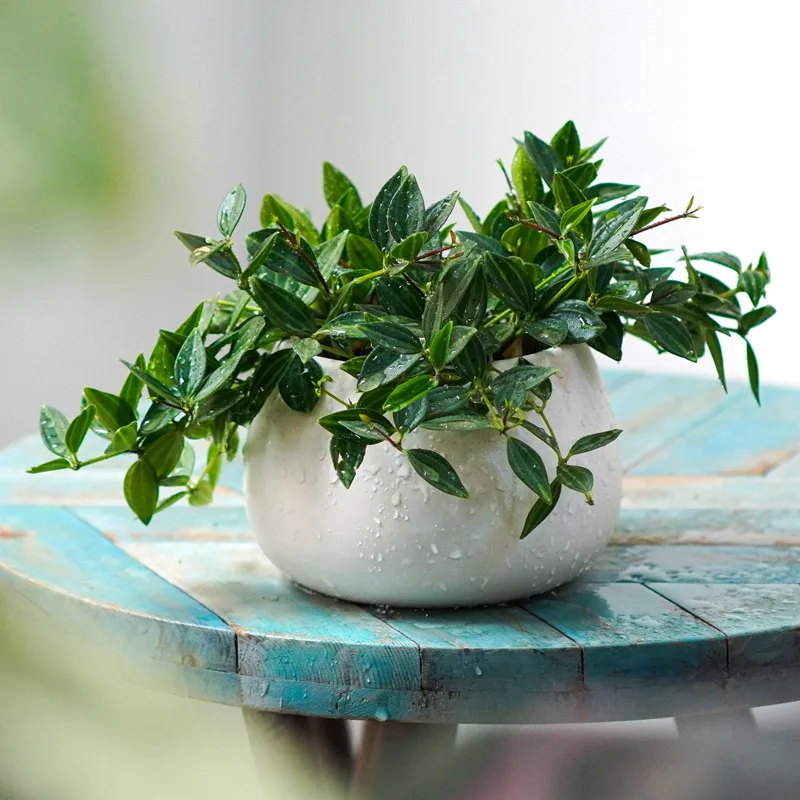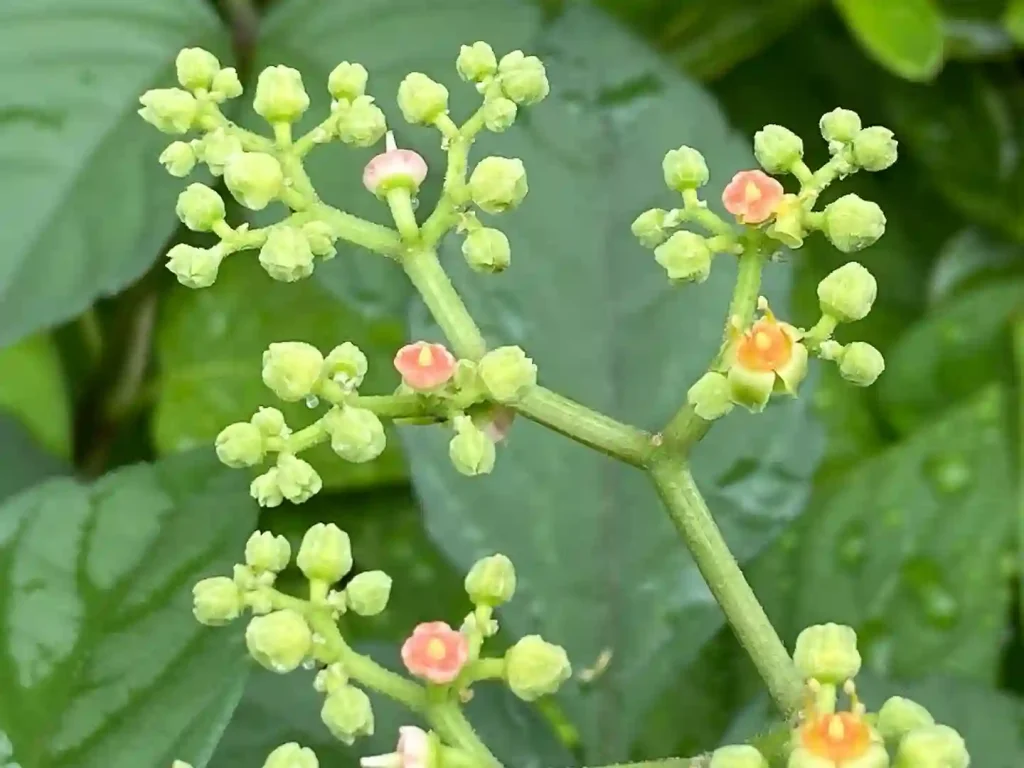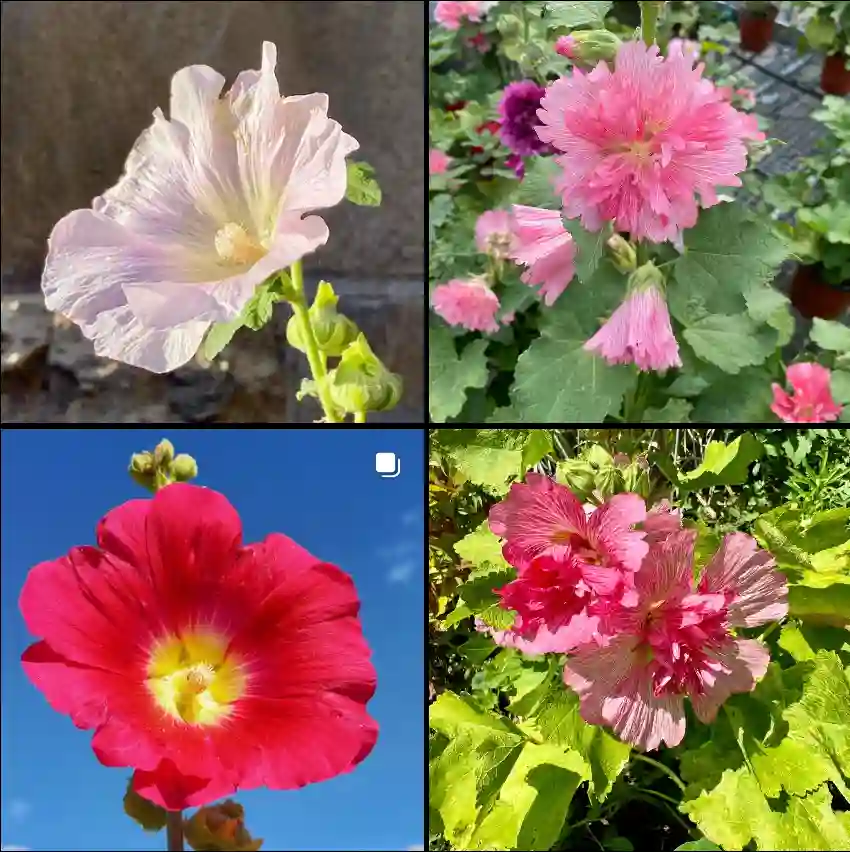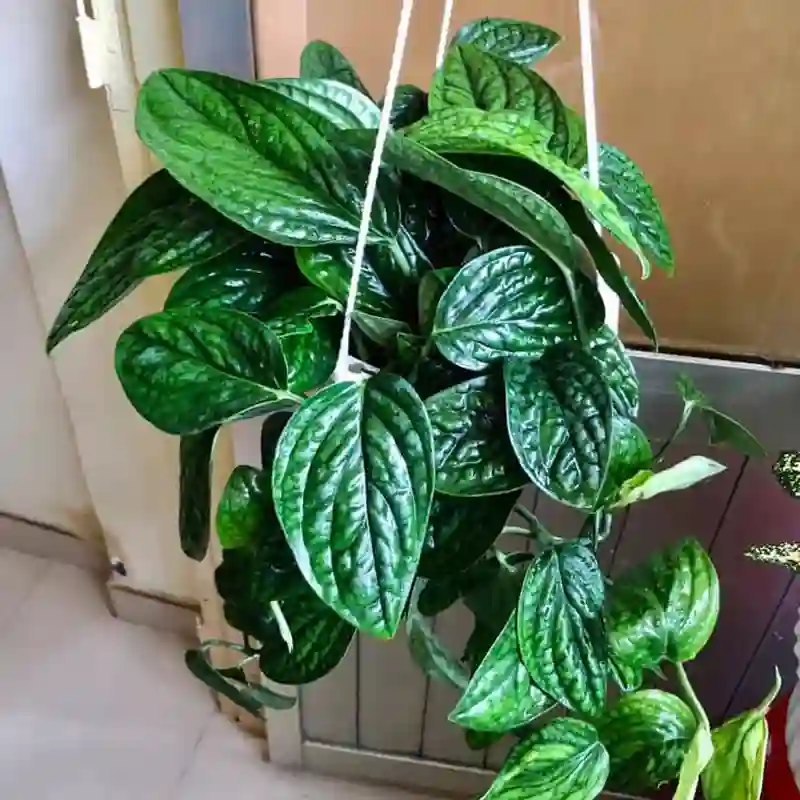
FAQs About Gilia Tricolor
Gilia Tricolor, often known for its vibrant, colorful blooms, is a delightful addition to any garden. Over time, I’ve gathered a lot of insights about this plant, and I’m excited to share answers to some of the most frequently asked questions. Whether you’re a seasoned gardener or a curious newbie, this guide will help you understand and care for Gilia Tricolor.
39 Species in Genus Gilia
What is Gilia Tricolor?
Gilia Tricolor is a charming flowering plant native to California. It’s known for its unique trifoliate leaves and striking flowers that showcase a beautiful blend of blue, white, and purple. The plant typically grows to about 6-12 inches in height, making it an excellent choice for ground cover or container planting. It thrives in well-drained soil and sunny locations, adding a splash of color to any garden.
How to Care for Gilia Tricolor?
Caring for Gilia Tricolor is relatively straightforward. Here are some key tips:
- Sunlight: Gilia Tricolor loves full sun. Aim for at least 6 hours of direct sunlight daily. In shadier spots, it may become leggy and produce fewer blooms.
- Soil: Ensure the soil is well-draining. Gilia Tricolor prefers sandy or loamy soil with good drainage. Avoid heavy clay or waterlogged conditions, as they can lead to root rot.
- Watering: Regular watering is essential, especially during dry periods. However, the plant is drought-tolerant once established, so avoid overwatering. Let the soil dry out between waterings.
- Fertilization: Gilia Tricolor benefits from occasional feeding. Use a balanced, all-purpose fertilizer once in the spring to promote healthy growth and blooming.
- Pruning: Deadhead the flowers regularly to encourage more blooms and prevent self-seeding if you don’t want it spreading.
How to Propagate Gilia Tricolor?
Propagation of Gilia Tricolor can be done through seeds or cuttings:
- Seeds: Collect seeds from mature plants once they have dried. Sow the seeds in well-draining soil and lightly cover them. Keep the soil moist until germination, which usually takes a few weeks. Transplant seedlings when they have developed a few sets of leaves.
- Cuttings: Though less common, you can propagate through cuttings. Take cuttings from healthy plants in early spring. Dip the cut ends in rooting hormone, then plant them in a pot with well-draining soil. Keep the soil moist and in a bright, indirect light until roots develop.
What to Plant With Gilia Tricolor?
Gilia Tricolor pairs well with a variety of companion plants. Here are a few that complement its beauty:
- California Poppy: The vibrant orange blooms of the California Poppy contrast beautifully with the blue and purple tones of Gilia Tricolor.
- Penstemon: With its tall, tubular flowers, Penstemon adds vertical interest and attracts pollinators, enhancing the overall garden display.
- Echinacea: The purple coneflowers of Echinacea provide a lovely color harmony with Gilia Tricolor and attract beneficial insects.
- Artemisia: The silvery foliage of Artemisia contrasts nicely with the colorful blooms of Gilia Tricolor, adding texture to the garden.
Is Gilia Tricolor Toxic?
Gilia Tricolor is generally considered non-toxic to humans and pets. It’s a safe choice for gardens where children and animals play. However, as with any plant, it’s a good practice to monitor for any unusual reactions if ingested.
Benefits of Gilia Tricolor
Gilia Tricolor offers several benefits:
- Aesthetic Appeal: Its vibrant flowers add a splash of color to any garden, making it an attractive choice for borders and containers.
- Pollinator Friendly: The plant attracts bees, butterflies, and other pollinators, which can help boost the overall health of your garden.
- Low Maintenance: Gilia Tricolor is relatively easy to care for, making it a great option for busy gardeners.
- Drought Tolerance: Once established, it’s quite drought-tolerant, reducing the need for frequent watering.
Common Problems with Gilia Tricolor
While Gilia Tricolor is generally resilient, it can face some issues:
- Powdery Mildew: This fungal disease can affect Gilia Tricolor, particularly in humid conditions. Ensure good air circulation and avoid overhead watering to prevent mildew.
- Pests: Watch out for aphids and spider mites, which can occasionally infest the plant. Regular inspections and natural predators can help manage these pests.
- Legginess: In shadier spots, Gilia Tricolor might become leggy and sparse. Ensure it receives ample sunlight to maintain its compact, bushy form.
Comparison with Similar Plants
If you’re considering alternatives or similar plants, here’s how Gilia Tricolor compares:
- Gilia Capitatum: While both plants share a similar family and some features, Gilia Capitatum generally has more compact growth and smaller flowers compared to the more sprawling Gilia Tricolor.
- Gilia Modesta: This species has a more subdued color palette and typically shorter flowering period, whereas Gilia Tricolor is more vibrant and longer-lasting.
Gilia Tricolor is a stunning and versatile plant that can brighten up any garden with minimal effort. Its vibrant colors, low maintenance needs, and compatibility with various companion plants make it a favorite among gardeners. If you have any more questions or need further guidance, feel free to ask!
If i die, water my plants!



